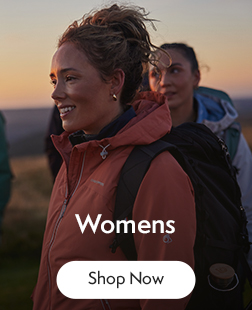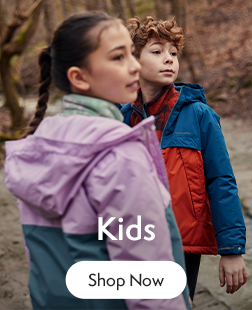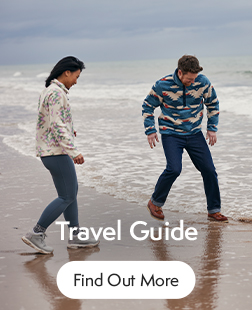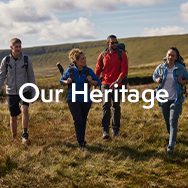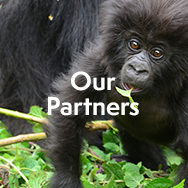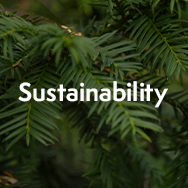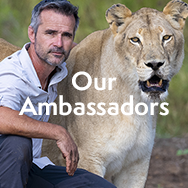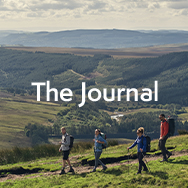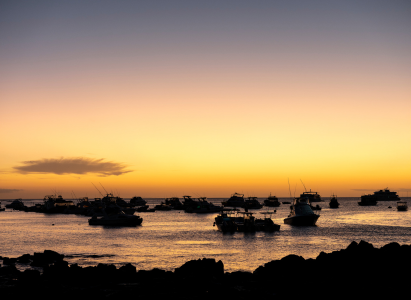
Where LIFE thrives (Lucia Norris)
Belonging to the country of Ecuador the Galapagos islands are located at around 1000 Km from the mainland (a 1.5 hour flight by standard commercial airline), in South America, over the Equator. The Galapagos Islands are one of the most pristine island ecosystems in the world, with 97% of the land area designated as a protected Area and surrounded by 198.000 Km2 of Marine Protected Areas,- as such access to areas of the National Park is only permitted with a Naturalist Guide. The archipelago is made up of 19 large islands and numerous smaller islands, islets and rocks, of which only four are inhabited: Floreana, Isabela, San Cristobal, and Santa Cruz.
They were discovered by the Spanish Bishop Tomás de Berlanga in 1535 when he was travelling from Panama to Ecuador. Their relevance was marked in history when Charles Darwin visited Galápagos aboard the HMS Beagle, under the command of Captain Robert FitzRoy in 1835. This contributed fundamentally to the formulation of his theory of evolution by natural selection. The Galapagos Islands are a site of immense value. The Galapagos biodiversity is unique, largely thanks to the convergence of three main ocean currents: the cold Humboldt current, the warm Panama current, and the Cromwell current, which provide different nutrients and conditions that foster extraordinary marine diversity.
The Galapagos are home to a rich variety of endemic species, such as the giant tortoise and the Darwin's finches, all uniquely adapted to their environment. The endemic and rarity of these species highlight the importance of protecting these ecosystems, as their isolation has allowed them to evolve independently from the rest of the world. The Galapagos were declared the first UNESCO World Natural Site in 1978.
From a geological point of view, the islands are also fascinating. Formed by volcanic activity, the Galapagos remain an archipelago in the process of formation, with active volcanic eruptions that provide valuable information about the tectonic and magmatic processes that gave rise to these lands. Underwater, seamounts create unique marine habitats that are still being explored and recognized for their biodiversity. Moreover, the 3% of these islands are home to around 33.000 people that have learnt to live with the natural limitations of islands ecosystems, and also with the ones posed by the Galapagos Special Regime (since 1998).
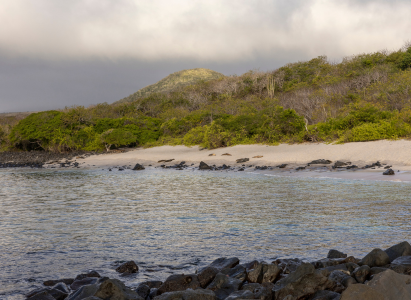
These inhabited islands in the Pacific Ocean, and their very special marine and terrestrial ecosystem makes the Galapagos not only a vital refuge for wildlife, but also a globally important natural laboratory for science, conservation and sustainable development. Seen as a conservation model for the rest of the world, and as one of the last remaining places on earth that is largely untouched by human activity, it is easy to understand the importance of the Galapagos Islands, and why organisations around the world work tirelessly alongside the Galapagos authorities to protect them.
One such organisation is the Galapagos Conservation Trust. It is the only UK-based NGO working with a vision to "conserve and protect the unique nature and beauty of the Galapagos Archipelago in perpetuity". The Trust supports, develops and promotes projects that achieve measurable conservation, sustainable livelihoods and environmental protection in the Galapagos, focusing on island restoration and marine conservation through strategies to tackle plastic pollution, connect the kids, and youth with nature and promoting regenerative tourism. Find out more GCT website- - and helping out on conservation trips with USFQ and Diana Pazmino's “Chicas con Agallas”.
GCT's Policy and Programmes Manager, Lucia Norris, is part of the GCT team that continually works with authorities community partners, and collaborators, to improve life on the islands. Born in Quito, Ecuador to an English father and an and Ecuadorian mother, Lucia identifies as Quiteña - Galapagueña. She spent much of her childhood and youth in San Cristobal (the easternmost island in the Galapagos archipelago and the second most populated with around 7.400 people) while her father and mother set up the first insurance brokerage to serve all the local islands boat owners.
She has been involved in sustainable development and conservation since 2009, working for Quito City Council, Fundación Futuro Latinoamericano, WWF, Fundación Jocotoco in Galapagos and as a consultant to improve the lives of grassroots recyclers in Quito. She also did the MPhil in Conservation Leadership at the University of Cambridge.
Representing GCT in Ecuador, one of her goals is to connect community wisdom and science with public policy advice. Among the people she meets are Daniel Proaño of Funcavid and co-founder of Co-Galapagos, an initiative to facilitate and support community-led work, and Alberto Andrade of Frente Insular, a movement to protect the marine ecosystems of the Galápagos and strengthen community social fabric. As part of GCT, she is an active observer of the negotiations of the Global Plastics Treaty, and supports the Galapagos Governing Council and the National Park in developing and implementing sound policies to tackle plastic pollution.
Our film follows Lucia around the islands of San Cristobal, Santa Cruz and Quito on the Ecuadorian mainland as she takes us on a journey through her life, the islands and how GCT is helping to develop them.
Links:
Fundación Futuro Latinoamericano: https://www.ffla.net/es/ WWF: https://www.wwf.org.uk/ Fundación Jocotoco: https://www.site.jocotoco.org/ Co-Galapagos: https://galapagosconservation.org.uk/our-work/projects/co-galapagos/ Frente Insular: https://www.rewild.org/team/alberto-andrade
Sources:
https://galapagosconservation.org.uk/
https://www.latinamericaforless.com/travel-guides/galapagos/




